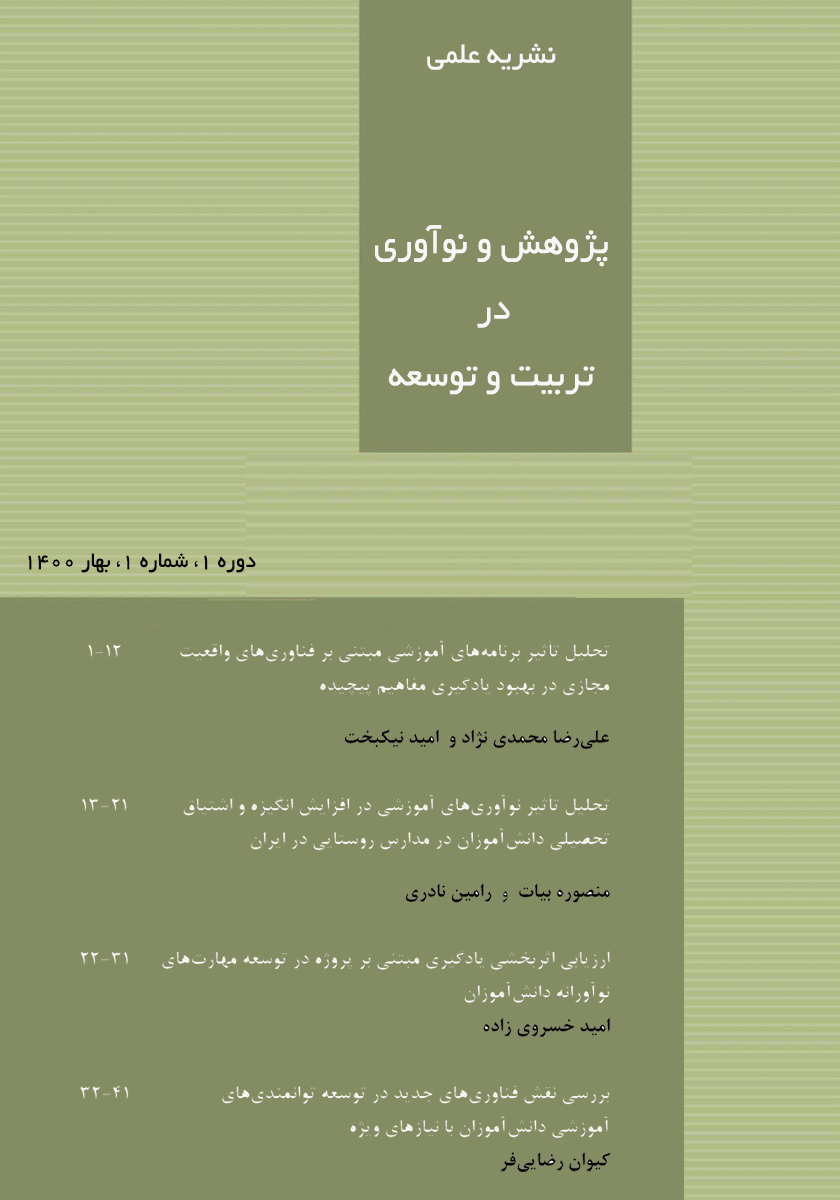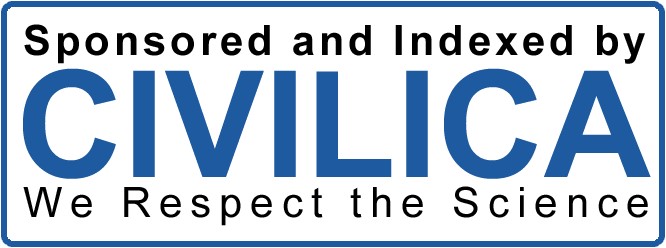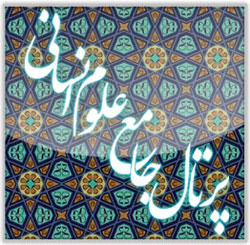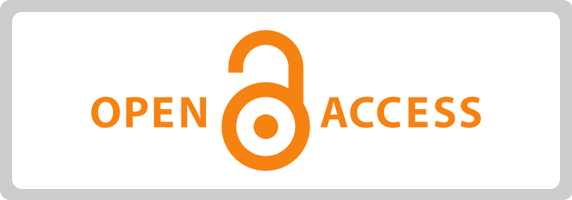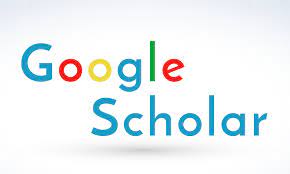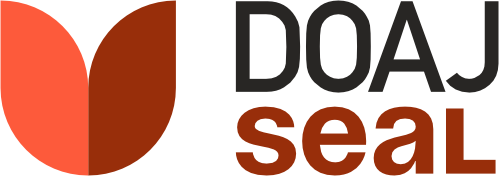Conceptual Model for the Development of Educational Sports in the Ministry of Education of Iraq
Keywords:
Educational sports, education, development, IraqAbstract
The present study aimed to develop a model for the advancement of student sports in the Republic of Iraq. The research employed a descriptive-survey method, and the statistical population comprised all physical education and sports experts within Iraq’s Ministry of Education, including those in provincial, regional, and city education departments, as well as physical education teachers. The study sample was selected purposefully, considering the required sample size for structural equation modeling (n = 250). Based on a literature review, document analysis, and semi-structured exploratory interviews, a researcher-developed questionnaire was designed to assess the factors influencing the development of student sports across five main dimensions: stakeholders, development strategies, development processes, development pathways, and development outcomes. After obtaining content validity confirmation from 15 experts in student sports, the instrument’s reliability coefficient was also confirmed at 0.89. The research data were analyzed using descriptive statistics, inferential statistics, and structural equation modeling (PLS). A comparative analysis of the factors influencing the development of student sports revealed that the development outcomes factor ranked as the top priority, followed by development processes, development strategies, development pathways, and stakeholders, respectively. Regarding the development processes of student sports, findings indicated that the three components of the nurturing process (0.93), the retention/transfer process (0.39), and the recruitment process (0.91) played the most significant roles in explaining development processes. Additionally, in the context of student sports development pathways, the three components of mass participation and collective engagement (0.29), elite sports and talent identification (0.09), and educational and developmental participation (0.78) had the most substantial roles in defining the pathways for student sports development.
Downloads
References
Gustian U. Effectiveness of Teaching Games for Understanding (TGfU): Using a Modified Kasti Game to Stimulate
Elementary School Students’ Motor Skills. Edu Sportivo Indonesian Journal of Physical Education. 2024;5(1):54-63. doi:
25299/esijope.2024.vol5(1).16335.
Zhu J. An Instructional Model for Physical Education in the Next Era for Secondary School. Ijsasr. 2023;3(5):323-34.
doi: 10.60027/ijsasr.2023.3364.
Motalebi Jazii E. Relationship between the organizational structure of physical education of the ministry of education
and the development of student sport. Tehran: Payame Noor University; 2019.
Xue R, Chai H, Yao L, Fu W. The Influence of School Inclusive Education Climate on Physical Education Teachers’
Inclusive Education Competency: The Mediating Role of Teachers’ Agency. Frontiers in Psychology. 2023. doi:
3389/fpsyg.2023.1079853.
Lawson HAJQ. The physical education system as a consequential social determinant. Taylor & Francis Online.
;72(1):72-84. doi: 10.1080/00336297.2019.1627224.
Ilahi BR, Sasongko RN, Kristiawan M, Turnadi T. Principal’s perception of the performance of physical education
teachers for sports and health mgmp smp in Bengkulu City. Jurnal Ilmiah Pendidikan Jasmani. 2021;5(2).
Friedman M, Parent M, Mason D. Building a framework for issues management in sport through stakeholder theory.
European Sport Management Quarterly. 2004;4(3):170-90. doi: 10.1080/16184740408737475.
Azizi A, Akbari Yazdi H, Elahi A. Developing a strategic plan (development, implementation, and evaluation) for
physical education in the education system of Lorestan province with a SWOT approach. Research in Educational Systems.
;14:293-310.
Yousefi S, Badri Azarin Y. Determining the conceptual and qualitative components of murals and writings in primary
schools for teaching and encouraging students to engage in physical activity and sports. Sports Management Studies.
;10(49):95-114.
Hosseini Keshan M, Qalandar Quchan Attiq G. Prioritizing indicators of student sports development in Iran. Research
in Physical Education. 2022;10(28).
Mahmoudi H. Identifying factors affecting the development of school sports, a case study: High schools in
Mazandaran province: University of Mazandaran; 2017.
Ntelezi AI. Indigenous Games as a Catalyst for Sport Tourism Development in South Africa. International Conference
on Tourism Research. 2024;7(1):453-60. doi: 10.34190/ictr.7.1.2048.
Chen Z. Sustainability Evaluation of Sports Tourism Using a Linguistic Neutrosophic Multi-Criteria Decision-Making
Method. Plos One. 2024;19(3):e0300341. doi: 10.1371/journal.pone.0300341.
Guan Z. The Study for the Analysis of the Development Trend of Sports Tourism. Academic Journal of Science and
Technology. 2024;9(1):263-5. doi: 10.54097/43a49551.
Anna H, Michalis S. School-based sports development and the role of NSOs as ‘boundary spanners’: benefits,
disbenefits and unintended consequences of the Sporting Schools policy initiative. Sport, Education and Society. 2016.
Burnett C. Key findings of a national study on school sport and physical education in South African public schools.
South African Journal for Research in Sport, Physical Education and Recreation. 2020;42(3):43-60.
Manafi F. Designing a model for the development of university sports in Iran: University of Guilan; 2015.
Ramazani Nejad R. Needs assessment of physical education and sports in schools (presenting a model for curriculum
planning). Ministry of Science, Research, and Technology: Physical Education Research Institute, 2003.
Ramazani Nejad R, Hejbari K, Eidi H, Reyhani M, Asgari B. Elite sports management: Experiences of successful
countries: North Pardaz Publishing; 2015.
Azizi G, Ezzati M, MohammadDavvodi A. Presenting Talent Management Model in Tehran City Schools: A
Qualitative Study. School Administration. 2020;8(3):50-29.
Matlabi Jazii E. Relationship between the organizational structure of physical education of the ministry of education
and the development of student sport. Tehran: Payame Noor University; 2019.
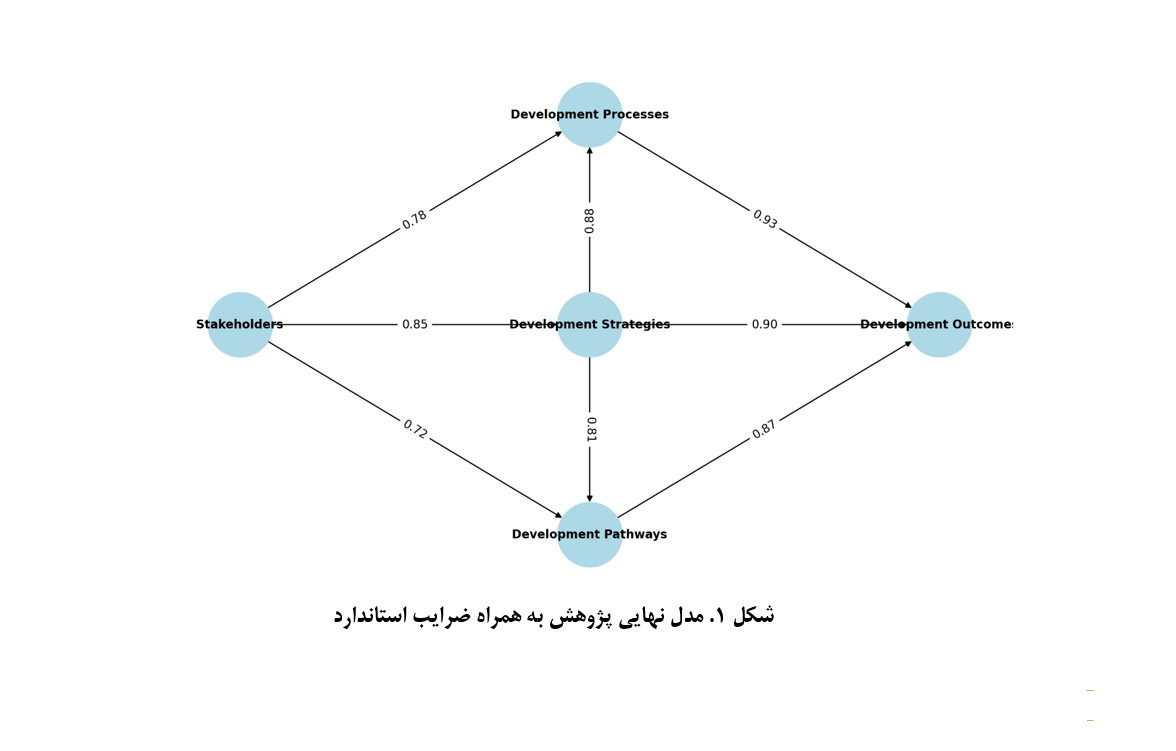
Downloads
Published
Submitted
Revised
Accepted
Issue
Section
License
Copyright (c) 1403 Journal of Study and Innovation in Education and Development

This work is licensed under a Creative Commons Attribution-NonCommercial 4.0 International License.
